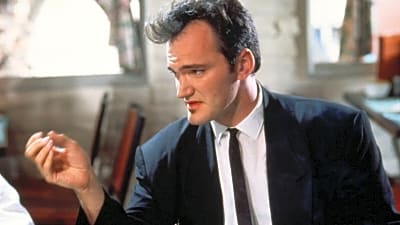
Nintendo has officially brought two of the greatest 3D platformers ever made to a new generation with the arrival of Super Mario Galaxy 1 and 2 on Nintendo Switch. These titles feature legendary level design, incredibly sharp controls, and a wealth of memorable moments that remain just as magical today. However, this celebratory re-release comes with a significant and frustrating caveat from its original Wii era. Why did Nintendo choose to retain the games’ most dated element?
The Ghost of Wii Past Haunts Switch
Both Super Mario Galaxy games have not only brought back their unwelcome mandatory motion-controlled sections, but they’ve made them feel more archaic and irritating than ever. These specific levels have forced players to tilt their controller or entire Switch console to navigate. Due to this requirement, the flawlessness in the games’ platforming precision is further exposed. Even when using a Pro Controller or playing in handheld mode, this control scheme feels imprecise and cumbersome.
Racing segments never achieved the intuitive feel the gameplay demands due to its reliance on tilting, which seems particularly hampered. Does this design choice not hinder the experience for players with accessibility needs? Given constant calibration and lack of reliable responsiveness, both Super Mario Galaxy games have transformed from joyful challenges into stressful chores, discouraging exploration and replayability.
Super Mario Galaxy‘s Unchanged Control Scheme
For players ready to explore the far reaches of space with the iconic Italian plumber, the iconic adventures of Super Mario Galaxy and its sequel are now available on the Nintendo Switch. Both games brought their celebrated cosmic platforming to a modern console. Fans of the franchise would fall in love with these games for their topsy-turvy gravity mechanics and sweeping, orchestrated soundtracks. The games also received praise for introducing the beloved character Rosalina and the Lumas. So, what new enhancements have been made for this long-awaited re-release?
Nintendo had a perfect opportunity to modernize these Super Mario Galaxy classics by offering an optional, traditional control scheme using thumbsticks. Although this feature would’ve been a monumental improvement, its omission feels like a missed chance. This absence becomes even more apparent after the successful control overhaul seen in The Legend of Zelda: Skyward Sword HD. Sadly, the stubborn inclusion of clunky motion controls holds these masterpieces back from true greatness. However, sections are an unfortunate blemish on both Super Mario Galaxy games from becoming an otherwise stellar package.
More must-reads:
- NFL Draft intel: Risers include Navy WR Eli Heidenreich, Michigan RB Justice Haynes
- Farewell to Darlington Nagbe, one of MLS's undisputed greats
- The 'Active 10-reception NFL games' quiz
Breaking News
Trending News
Customize Your Newsletter
 +
+
Get the latest news and rumors, customized to your favorite sports and teams. Emailed daily. Always free!








